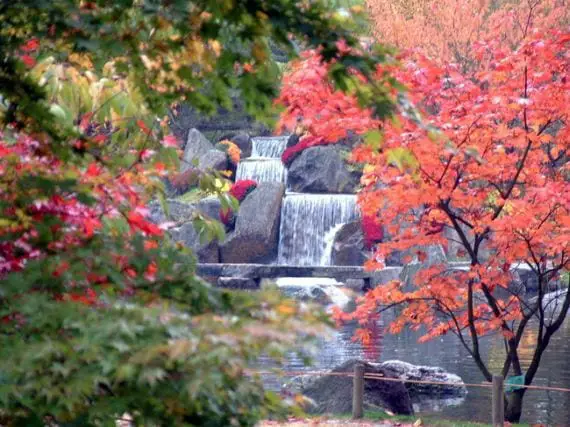
The japanese gardens they transmit an incredible peace to our mind. The sound of the water from the waterfalls, the leaves dancing to the sound of the wind, the sweet song of the birds …
But sometimes we don’t know what plants we can place in this type of garden. So, on this occasion, we will talk about two very ornamental shrubs that will not leave anyone indifferent: Camellia japonica and Daphne odora.
Camellia japonica

We start with the best known: the Camellia japonica. It is a shrub or small tree that does not usually exceed 4m in height. It is native to China, Japan and Korea.
In gardening it is used mainly as a hedge or in isolated specimens since its flowers, which can be white, pink or red, are very decorative. They resemble the flowers of rose bushes.

Camellia japonica is a plant that supports pruning quite wellTherefore, we can train it to our liking.
It is resistant to pests, but it fears waterlogging and especially high temperatures. It is not a plant for hot climates.
daphne smells

The daphne smells It is native to China and Japan. It is an evergreen shrub whose leaves are about 6-7cm long, green in color or with yellowish or whitish edges depending on the variety. It grows to a height of approximately three meters.
In the garden it is mainly used as a hedge, or as a potted plant.

It resists frost without problems, but the viruses that attack the leaves do it a lot of damage. At the slightest symptom, it is convenient to treat it.
Both Camellia and Daphne they need acidic soiland a temperate climate whose seasons are well differentiated, with summers that are not very hot or winters that are too harsh.
To have them in a garden, and especially if we want them for our Japanese garden, they are some great plants that will give us great satisfaction.
More information – Learn how to design a Japanese garden

